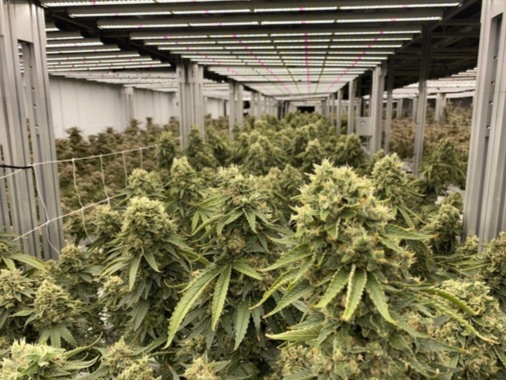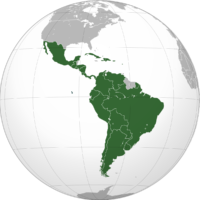For all the excitement about the “CBD” or “Cannabis-Lite” possibilities in Europe thanks to Switzerland over the last few years, the reality as of 2019 is proving to be a little different.
As of the end of May, Italy’s top court, the Court of Cessation, ruled that selling derivatives of cannabis sativa (from the buds and leaves to oils and resins) is illegal. Hemp of course, is excluded from this decree. And in fact, this decision was intended to close a loophole that was created in 2016 for so-called “Cannabis-Lite.” In other words low THC, CBD products and extracts that are showing up in the market as is or as an ingredient in something else (from food to makeup).
While this development is certainly a blow to those who were not in the know already, it is hardly surprising– especially given current events next door. German authorities just declared that they could find no use for “CBD”. This of course confuses the issue even further (since CBD is obviously found in both hemp and cannabis sativa.) Austria did the same thing late last year- and further did so on a level unseen anywhere else in Europe (namely putting cosmetics on the list too).Novel food regulation, at its heart, is all about the source of the plant and how it is processed.
In fact, and certainly in comparison, far from being nebulous, Italy appears to have taken, surprisingly, a rather scientific, if not clear-headed, approach to the issue in general. Not to mention a step that is absolutely in line with current EU policy on the same.
Novel food regulation, at its heart, is all about the source of the plant and how it is processed. This entire discussion about CBD falls squarely within that- although of course, hardly limited to just this one cannabinoid or in fact, plant genus.
What Should Investors Be Aware Of?
There is, as always, a hype around CBD. That is true in almost every legalizing market, but Europe, with a much stricter regional regulatory regime and at least a four-year path to recreational, has seen an odd twist in all of this for the last two years.
There is the potential for a CBD play in Europe, but it is niche, and country-by-countryIn the EU, the distinction between hemp and cannabis-derived cannabinoids (including but not limited to THC), is a well-known fact for those with any stripes in either the cannabis, or beyond that, mainstream food and drug industry. The largest confusion, in other words, is strictly at the lower rungs of the biz. Not to mention all foreigners.
Proof of the same? Purvey the contents of even the most wide-ranging Dutch Seed shop catalogue, and you will be hard-pressed to find non-hemp products. And even though such entities know how to get around loopholes themselves (starting with the online sale across Europe of cannabis seeds from all over the world), novel food is not a regulation even these cannabis entrepreneurs want to cross.
In other words, there is the potential for a CBD play in Europe, but it is niche, and country-by-country in an environment where both local and regional rules are shifting. And further are likely to do so for some time to come.
And in the meantime, those who make the grade, are certainly freed from one pressing if not looming question. The market in Italy is, in fact, not only far from “illegal,” but opening up both in terms of import and export to cannabis products from all over the world. Including of course, Canada and the United States.
![]() Then in February this year, the state’s health agency sent a third email. This one notified patients that they were recalling more than 650 products and ingredients. “As you know, the Department recently conducted a statewide review of all vaporized medical marijuana products containing added ingredients,” reads the email to patients. “After finishing this review, the Department has determined that certain vaporized medical marijuana products containing some added ingredients have not been approved for inhalation by the United States Food and Drug Administration (FDA).”
Then in February this year, the state’s health agency sent a third email. This one notified patients that they were recalling more than 650 products and ingredients. “As you know, the Department recently conducted a statewide review of all vaporized medical marijuana products containing added ingredients,” reads the email to patients. “After finishing this review, the Department has determined that certain vaporized medical marijuana products containing some added ingredients have not been approved for inhalation by the United States Food and Drug Administration (FDA).”








